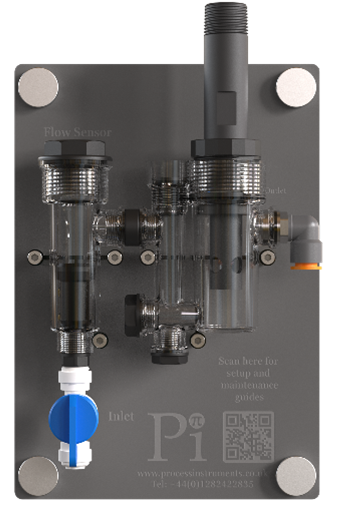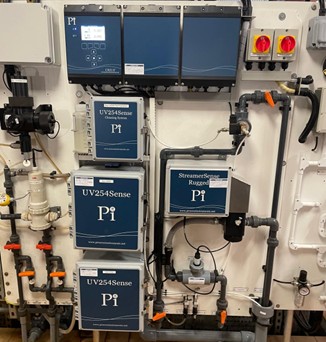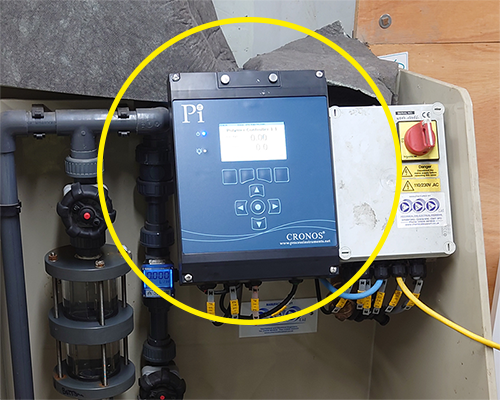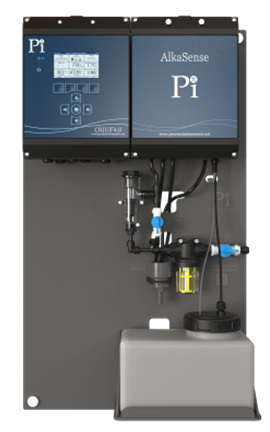Pi’s peracetic acid sensor (PeraSense) is used for the measurement and monitoring of peracetic acid dosing. This is a common application in the food industry. One of Pi’s customers, based in Australia, has a peracetic acid sensor (PeraSense) which is coupled with a Pi controller (CRONOS®) installed and working on their site. Using a sensor in conjunction with a Pi controller allows for multi parameter analysis and allows for the addition of either hardware or firmware upgrades.
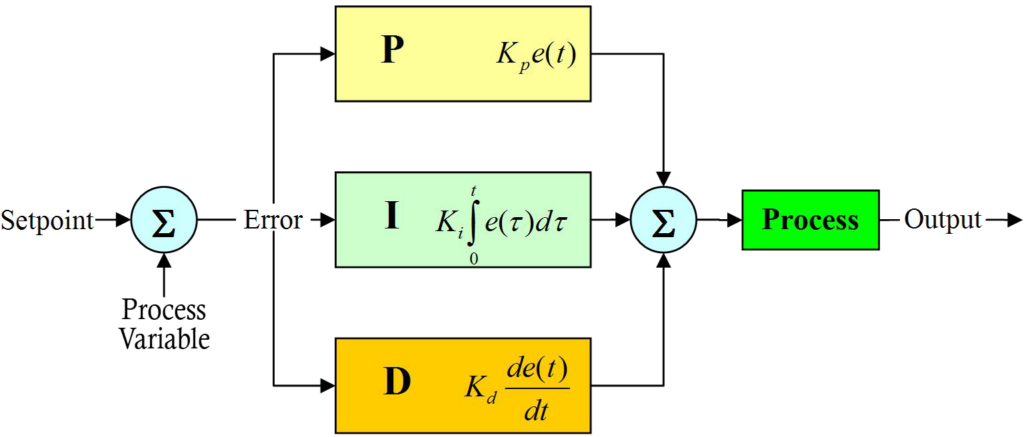
The customer’s main use of the PeraSense was to monitor the levels of peracetic acid during day-to-day processes. The customer decided that they needed a way to connect their controller and peracetic acid sensor system to a dosing pump, this way they could use the CRONOS® to control the level of peracetic acid in their process.
The best way to control the level of peracetic acid is to use a PID algorithm, however, their system did not have PID control installed from manufacture.
CRONOS®, like all of Pi’s products, has been designed with versatility and convenience in mind. Pi controllers can have extra features added to them easily by using a device code. Wes, a member of the service team, provided our Australian distributor, Bintech, with a device code, and once inputted to the CRONOS®, a quick restart of the controller was all that was required. Their peracetic acid sensor (PeraSense) now had the function of PID control!
When designing Pi’s controllers, it was important to make them modular, especially in terms of hardware and firmware. For example, multiple sensors can be added with ease, and communication options can be adapted to meet ever changing communication needs on site.
Firmware upgrades to Pi controllers include dosing algorithms – PID and PID Flow Proportional, Dual and Triple Validation, Manual Input e.g. to log spot tests, and Linear Virtual Sensor (for y = mx + c conversions).
The most amazing part about this? Nobody from Pi UK visited the site in Australia to add the PID to the CRONOS® controller. It was all done using a device code by email, saving time and money whilst waiting for the dosing control to be up and running.
If you’d like to learn more about PID Control or any other firmware upgrades from Pi, then please click here.



